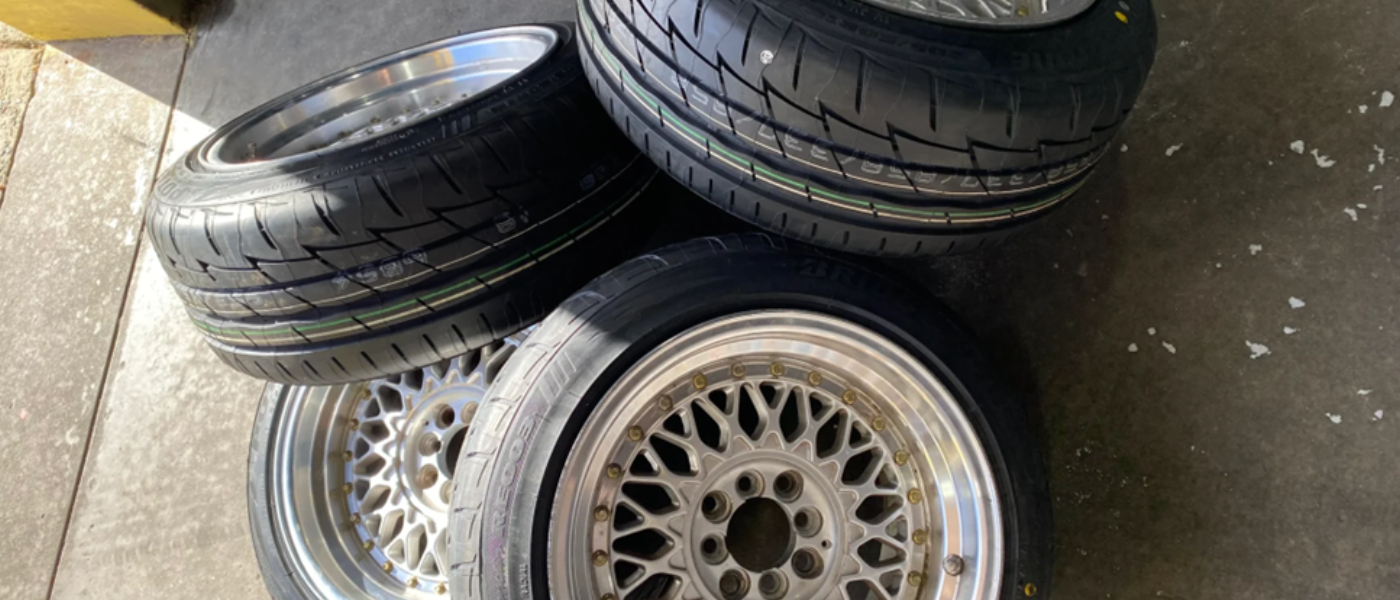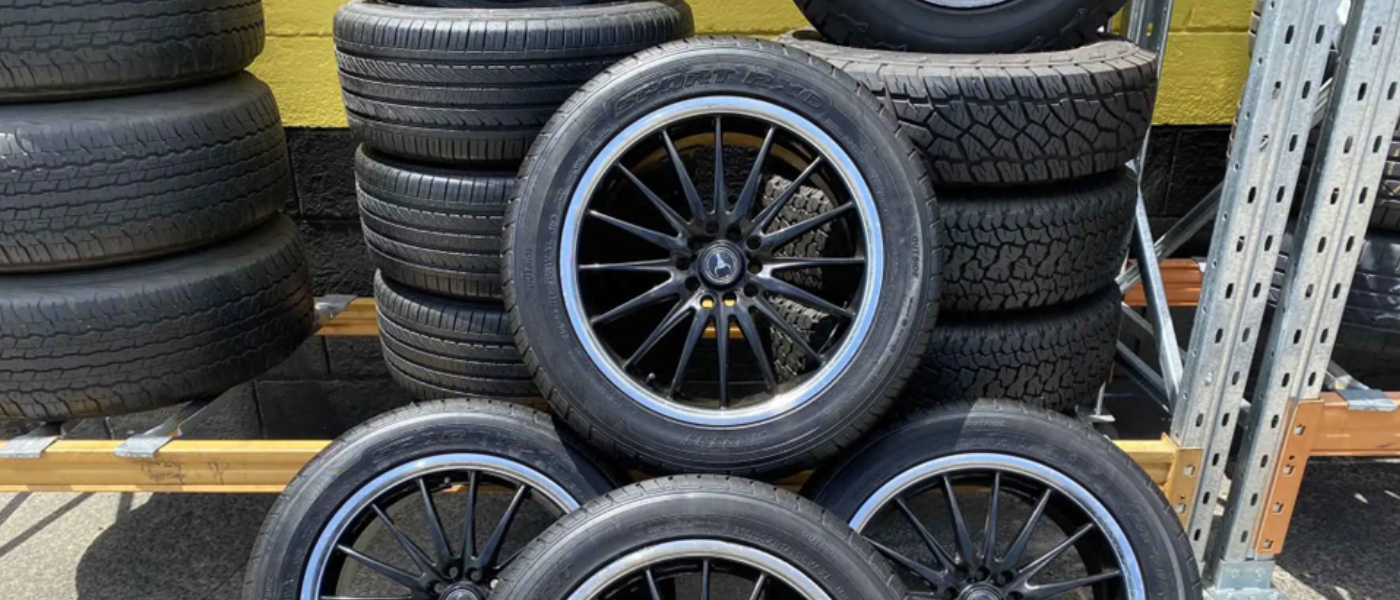WHAT IS THE DIFFERENCE BETWEEN TYRE & WHEEL?
The terms “tyre” and “wheel” are often used interchangeably, but they refer to different components of a vehicle’s structure:
Tyre
A tyre is a rubber covering, typically filled with compressed air, that fits around a wheel’s rim. Its main purpose is to provide traction, absorb shocks, and support the vehicle’s load. Tyres come in various sizes, designs, and compositions depending on the intended use and vehicle type.
Wheel
The wheel is the metal or alloy structure that the tyre fits onto. It is the circular component that rotates and attaches to the vehicle’s axle. The wheel provides the structure and support for the tyre and ultimately allows the vehicle to move.
Difference between tyre and wheel
- A tyre is a rubber covering that fits around a wheel’s rim. It provides traction, absorbs shocks, and supports the vehicle’s load.
- The wheel is the metal or alloy structure to which the tyre is mounted. It attaches to the vehicle’s axle and provides the structure and support for the tyre.
Difference between tyre and wheel in respect to advantage and disadvantage
-
Tyre Advantages
Provides traction, absorbs shocks, can be replaced individually.
-
Tyre Disadvantages
Subject to wear and tear, susceptible to punctures.
-
Wheel Advantages
Provides structural support, durable.
-
Wheel Disadvantages
Limited customization, damage can affect vehicle performance.
-
Types of Tyres
Summer Tyres
Designed for use in warmer temperatures, providing good grip on dry and wet roads.
Winter Tyres
Made with a softer rubber compound and tread pattern to improve traction in cold, snowy, and icy conditions.
All-Season Tyres
A compromise between summer and winter tyres, offering adequate performance in various weather conditions.
Off-road Tyres
Built for use on rough terrain, with aggressive tread patterns and reinforced sidewalls for durability.
Performance Tyres
Designed for high-speed driving, with enhanced grip and handling characteristics.
Run-flat Tyres
Engineered to enable driving for a limited distance even after a puncture or loss of air pressure.
Tyre Specifications
Size
Specified by width, aspect ratio, and diameter (e.g., 205/55 R16).
Load Index
Indicates the maximum weight a tyre can support.
Speed Rating
Specifies the maximum speed at which the tyre can safely operate.
Tread Pattern
Determines the tyre’s performance characteristics, including traction, handling, and noise level.

Advantages and Disadvantages in Respect to Tyres and Wheels:
Tyre Advantages
- Provides traction on various surfaces.
- Absorbs shocks for a smoother ride.
- Can be replaced individually, allowing for customization based on driving conditions.
Tyre Disadvantages
- Subject to wear and tear, requiring periodic replacement.
- Susceptible to punctures and damage from road hazards.
Wheel Advantages
- Provides structural support and stability.
- Typically durable and less prone to damage compared to tyres.
Wheel Disadvantages
- Limited in terms of customization for different driving conditions.
- Damage to the wheel can affect vehicle performance and safety.
Which wheel type is best?
The best wheel type depends on factors like vehicle type, driving conditions, and personal preferences. Common types include steel wheels and alloy wheels, each with its advantages and disadvantages.
Which type of wheel is better?
Again, the best type of wheel depends on individual needs. Alloy wheels are often preferred for their lighter weight and aesthetic appeal, while steel wheels are known for their durability and affordability.
Three types of wheels
- Steel Wheels
- Alloy Wheels
- Carbon Fiber Wheels
Difference between tyre brands
Differences between tyre brands can include performance characteristics (traction, handling, noise level), durability, tread life, and price.
Which tyre is more important?
Both the tyre and wheel are crucial components of a vehicle’s functionality and safety. Without either, the vehicle cannot operate properly.
How many types of wheels are there?
There are several types of wheels, but common ones include steel wheels, alloy wheels, and carbon fibre wheels. Each type has its own unique properties and uses.







